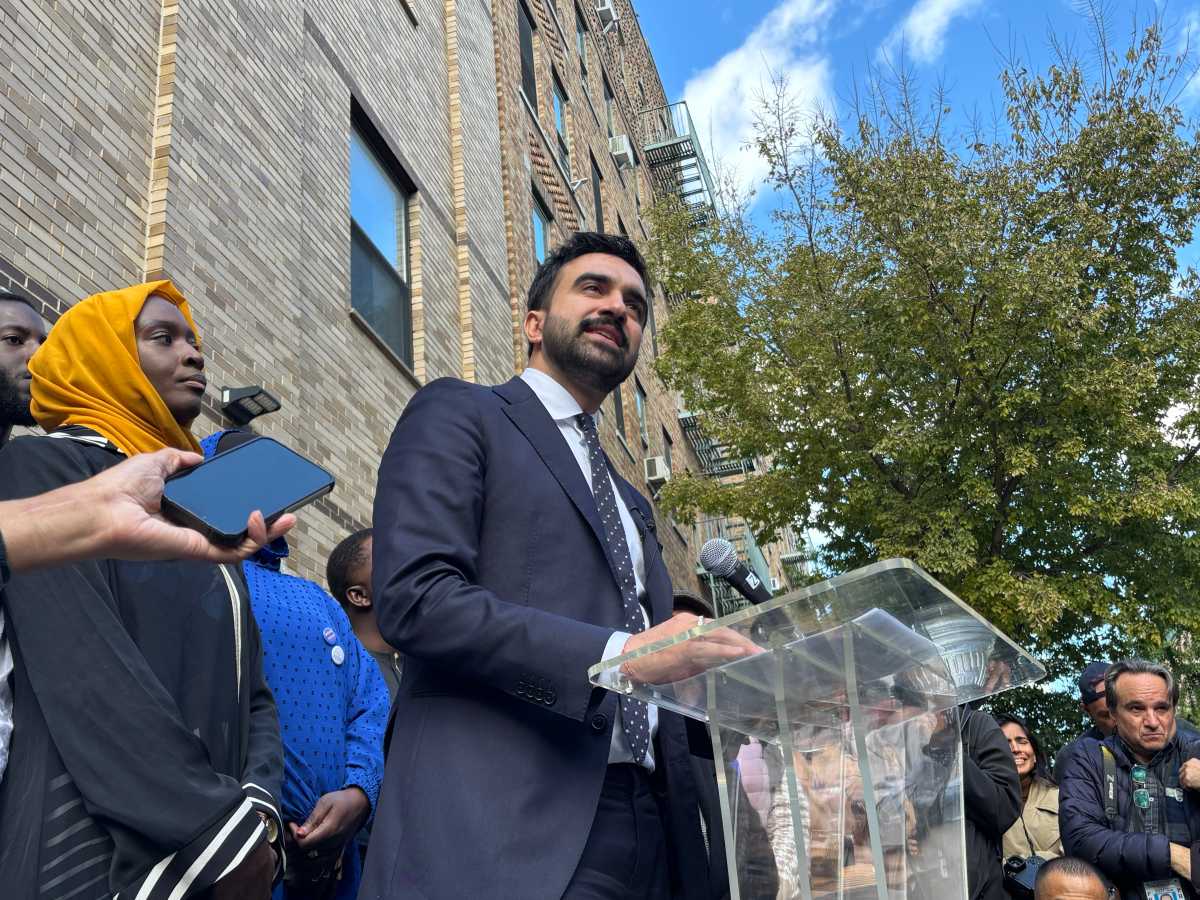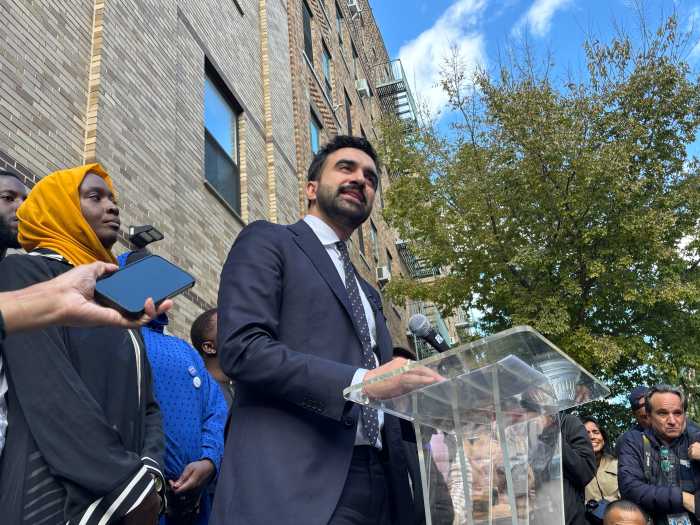During the last week of Domestic Violence Awareness Month, U.S. Housing and Urban Development (HUD) Secretary Shaun Donovan announced new, stronger affordable housing regulations that protect victims of domestic abuse.
“This rule recognizes the need to protect victims of domestic abuse from being evicted just because they were victimized. No one should be afraid of losing their home if they report abuse” said Donovan. “The Obama Administration has strengthened the existing interim regulation to further protect victims and ensures that current or former victims of domestic violence will not be turned down from HUD programs.”
The Violence Against Women Act (VAWA), which was enacted in 2005, provided legal protections for victims of domestic violence, dating violence, sexual assault and stalking. These protections apply to families receiving rental assistance under HUD’s public housing program, Housing Choice Voucher (HCV) program, and multi-family project-based Section 8 program.
The rule announced on October 27, addresses many concerns advocates raised with the 2008 interim rule by clarifying and aligning HUD’s statutory language with VAWA; providing more detailed guidance to housing authorities and Section 8 property owners on how to implement VAWA and making a commitment to provide further guidance in the future.
For example, guidance in the new rule requires that housing authorities or management agents exhaust protective measures before eviction. Evictions can only take place after the housing or subsidy providers have taken actions that will reduce or eliminate the threat to the victim, including, transferring the abuse victim to a different home; barring the abuser from the property; contacting law enforcement to increase police presence or develop other plans to keep the property safe; or seeking other legal remedies to prevent the abuser from acting on a threat.
The new rule also broadens the definitions of “actual and imminent threat,” to help housing or subsidy providers understand that to use “imminent threat” of harm to other residents as a reason for eviction of the victim, the evidence must be real and objective – not hypothetical, presumed or speculative.
Giving a voice to ‘The Silent Shame’
Fighting for her niece – and so many others
New state laws increase victim protection
She found the strength to survive
New housing laws from Feds for victims
THE SILENT SHAME: A guide for abuse victims PART IV
Part 3 of our series spotlighted sources of help for victims of domestic violence.
Part 2 of our series delves deeper into the issue of domestic violence, including the effect on children, male victims, and what is being done to help victims.
Part 1 of our series focuses on the introduction of the “disease,” that is domestic violence.






























